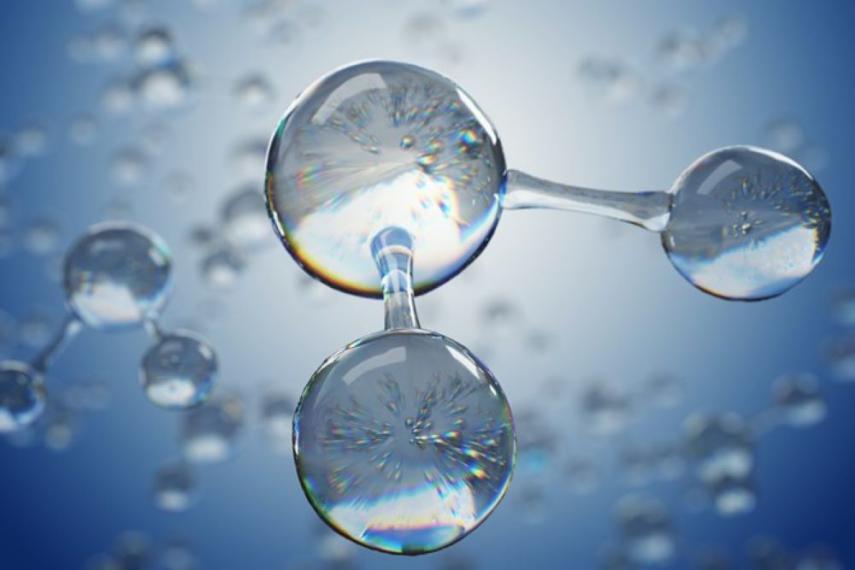Molecular Interactions Inform New Tech

Molecular interactions in chemical systems provide insight to inform innovative technologies.
A clear picture of chemical systems—networks of interacting molecules—is critical for understanding proteins, DNA, and biological processes. Knowledge of these systems can also lead to the development of innovative technologies. For example, “designer molecules” can be used in quantum computers, machines that harness quantum physics to store vast amounts of data and perform complex computations.
When Molecules Interact
Before scientists can develop such game-changing technologies, they need to understand how molecules interact with one another within chemical systems. Research led by Dr. Kathryn Preuss, professor, Department Chair and Research Leadership Chair in the Department of Chemistry, provides important insight into non-covalent interactions between molecules. Non-covalent interactions are weak, reversible chemical bonds between molecules. These dynamic interactions influence the structure and function of molecular systems. For example, hydrogen bonds, a type of non-covalent interaction, underlie the structure of water and dictate temperatures at which it transitions to gas and ice.
Totally Radical
Preuss and her team examined the structure of a new “radical ligand.” A radical is a molecule that has at least one unpaired electron and a ligand is a molecule that binds to another specific molecule, in some cases delivering a signal important for the function of a biological system. The team explored these chemical complexes to better understand their influence on molecular systems, and especially their role in magnetic interactions.
Subtle Differences, Big Impacts
The researchers found that small changes in the molecular structure of the radical ligand resulted in subtle differences in solid crystal structural forms, but significant differences in magnetic properties. Through a series of laboratory experiments, they measured and compared the two molecular complexes, documenting the structure, geometry, and magnetic interactions that they observed.
They found that the two complexes were similar overall but that even minor structural differences in the geometry of the chemical system dramatically alters its magnetic properties.
“Our study highlights how even a subtle difference in the spatial arrangement of atoms in a molecule can influence magnetic interactions,” says Preuss. “These results could be applied to the development of artificial molecular materials with magnetic properties that benefit technologies like quantum computers.”

Kathryn Preuss is a professor, Department Chair, and Research Leadership Chair in the Department of Chemistry.
This work was supported by the Natural Sciences and Engineering Research Council of Canada (NSERC) Research Chairs Program, the Canada Foundation for Innovation (CFI), the Ontario Research Fund (ORF), the University of Guelph, the University of Bordeaux, the Région Nouvelle Aquitaine, the GdR MCM-2: Magnétisme et Commutation Moléculaires, and Quantum Matter Bordeaux.
Mayo RA, Morgan IS, Soldatov DV, Clérac R, Preuss KE. Heisenberg Spin Chains via Chalcogen Bonding: Noncovalent S··· O Contacts Enable Long-Range Magnetic Order. Inorganic Chemistry. 2021 Jul 14. doi: 10.1021/acs.inorgchem.1c01287.